What if you could have an AI partner that not only understands your creative vision but actively helps you shape it? That’s the promise of Canvas, a groundbreaking new feature recently launched by OpenAI for ChatGPT Plus and Team users. This innovative tool transforms the way we interact with AI, moving beyond simple chat conversations to a truly collaborative experience. Think of it as a digital whiteboard where you and ChatGPT can brainstorm, refine, and bring your ideas to life, side-by-side.
Launched in early October 2024, Canvas is currently available to ChatGPT Plus and Team users, with Enterprise and Education users gaining access shortly after. This rollout strategy allows OpenAI to gather valuable feedback and refine the tool during its beta phase before making it available to the wider public. Why the emphasis on collaboration? Because OpenAI recognizes that the future of AI lies in seamless human-AI partnerships. Canvas is a significant step in that direction, offering a more intuitive and interactive way to harness the power of large language models.
But what exactly makes Canvas so special? Imagine this: you’re writing a blog post, and you’re stuck on a particularly tricky section. Instead of just asking ChatGPT for suggestions in a chat window, you can now open Canvas and work on the text together. You can directly edit the text, highlight specific areas for improvement, and even ask ChatGPT to adjust the writing style or length with a single click. It’s like having a tireless editor and co-writer at your disposal, 24/7.
Beyond Chat: A New Era of AI Interaction
Canvas represents a paradigm shift in how we interact with AI. Traditional chat interfaces, while powerful, can be limiting. Scrolling through long conversations, trying to keep track of previous prompts and responses, can be cumbersome. Canvas, on the other hand, provides a dedicated workspace where you can visualize your project and collaborate with ChatGPT in real-time.
This shift is particularly beneficial for tasks that require iterative refinement, such as:
- Writing: From blog posts and articles to creative stories and poems, Canvas empowers writers to hone their craft with AI assistance.
- Coding: Debugging code, generating new functions, or even learning a new programming language becomes more interactive and efficient with Canvas.
- Brainstorming: Stuck on a project? Use Canvas to bounce ideas off ChatGPT and explore different creative avenues.
Key Features and Benefits of Canvas
Canvas is packed with features designed to enhance the collaborative experience:
- Direct Editing: No more copying and pasting between chat windows. Edit text and code directly within Canvas.
- Visual Workspace: See your entire project at a glance and easily navigate between different sections.
- AI-Powered Suggestions: Get real-time suggestions from ChatGPT as you write or code.
- Shortcuts: Quickly perform common actions like adjusting text length, changing the reading level, or debugging code.
- Version History: Easily revert to previous versions of your work.
The benefits of using Canvas are numerous:
- Increased Productivity: Streamline your workflow and get more done in less time.
- Enhanced Creativity: Explore new ideas and push the boundaries of your imagination with AI assistance.
- Improved Learning: Learn new skills and concepts more effectively through interactive collaboration.
- Reduced Errors: Catch mistakes early on and improve the quality of your work.
The Future of AI Collaboration
Canvas is still in its early stages, but it has the potential to revolutionize the way we work and create. As AI models become more sophisticated, we can expect Canvas to become even more powerful and versatile. Imagine a future where we can seamlessly collaborate with AI on complex tasks like designing websites, composing music, or even conducting scientific research.
OpenAI’s commitment to developing human-centered AI is evident in Canvas. By prioritizing collaboration and user experience, they are paving the way for a future where AI is not just a tool, but a true partner in creativity and innovation.


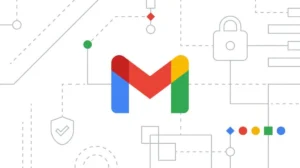



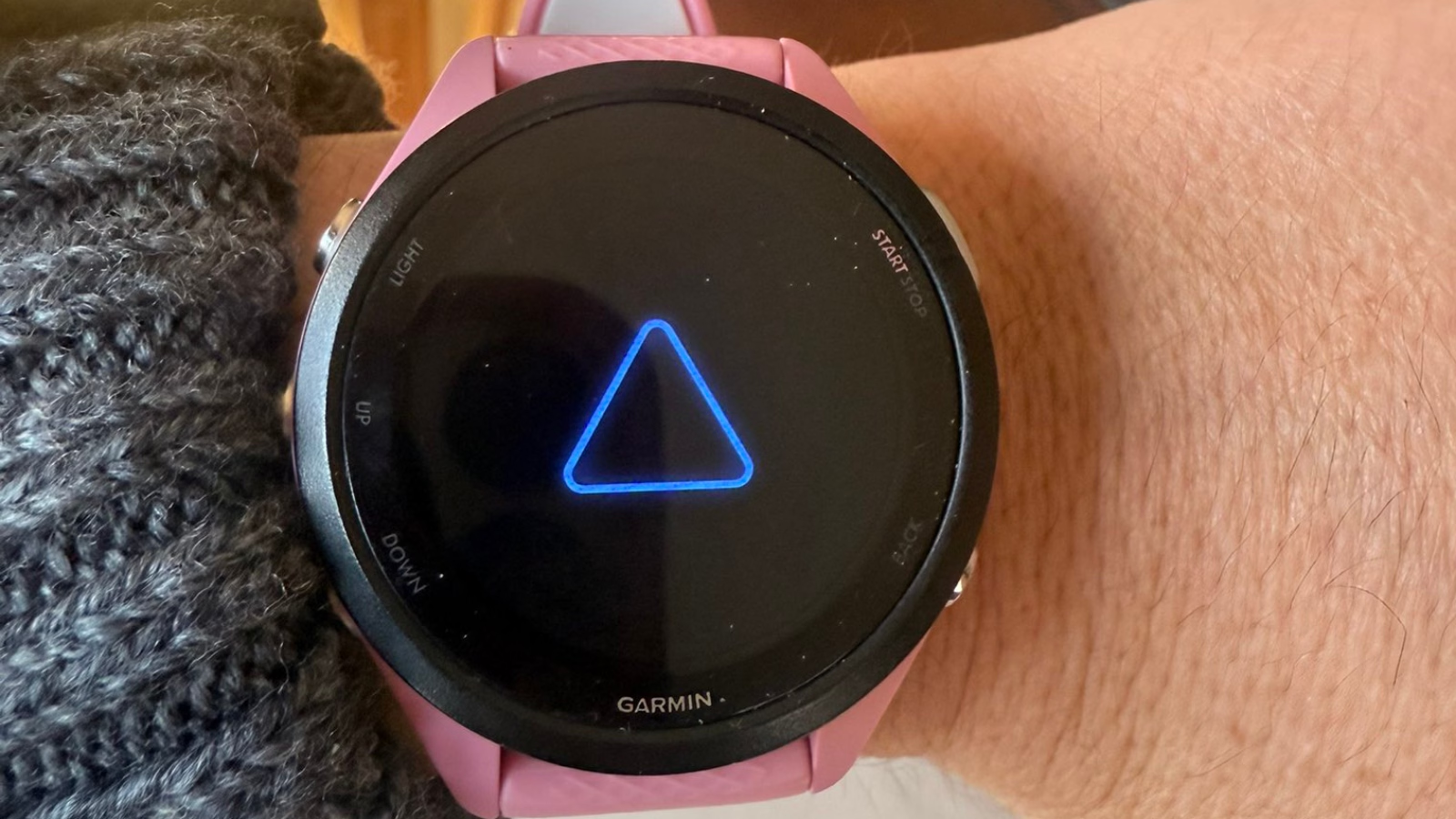
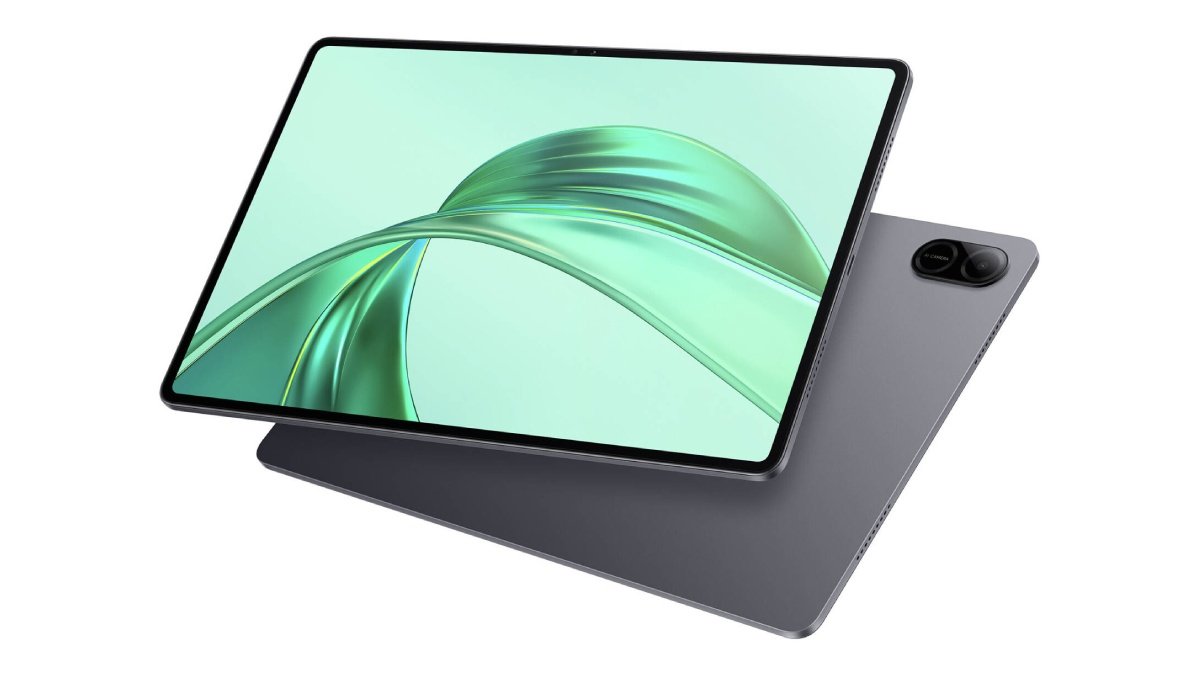
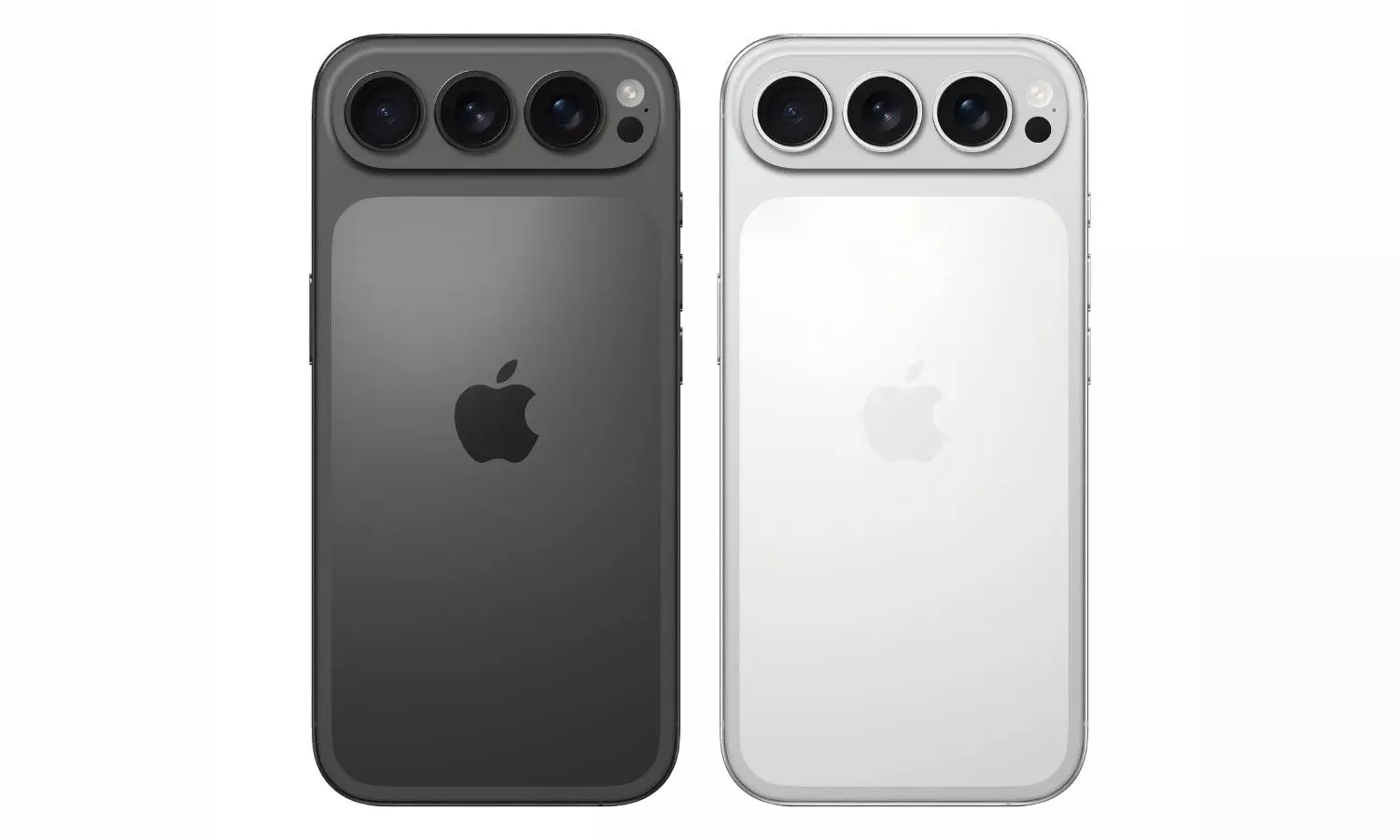
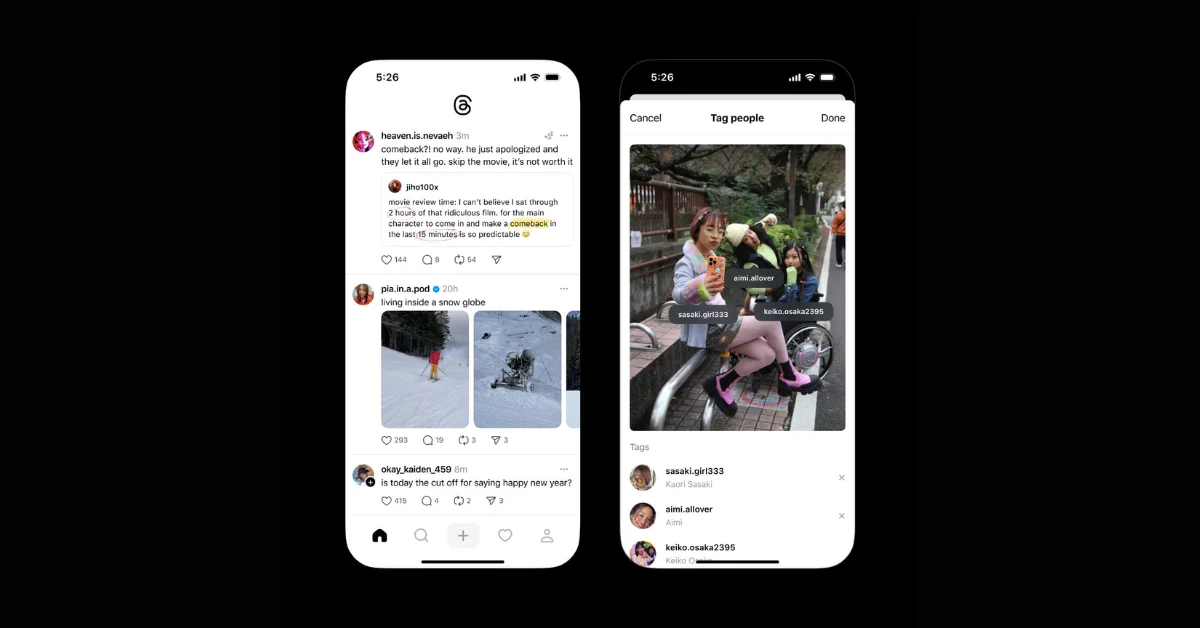









Add Comment